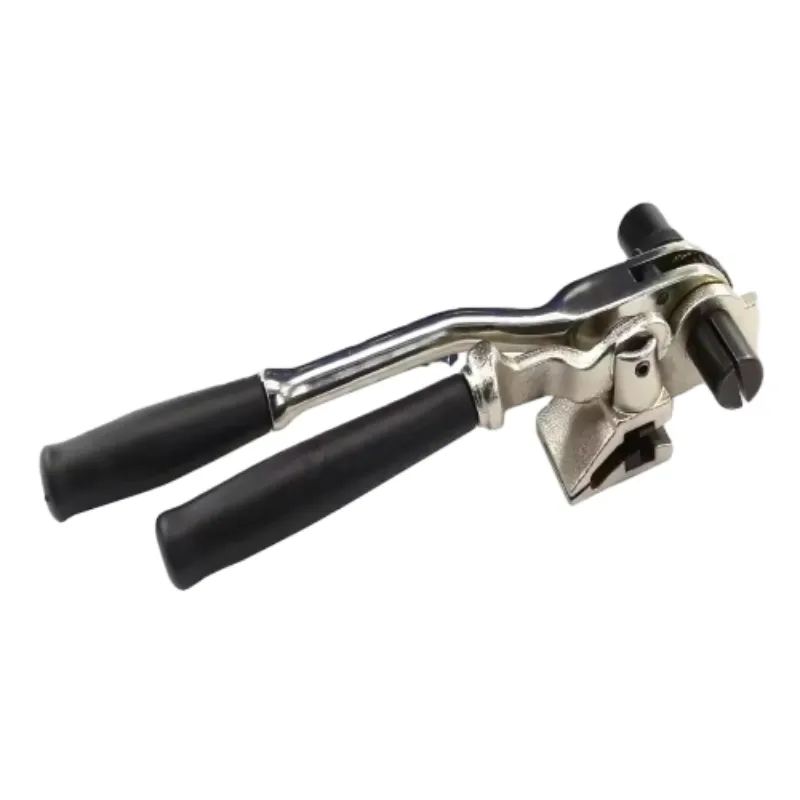
-
 Afrikaans
Afrikaans -
 Albanian
Albanian -
 Amharic
Amharic -
 Arabic
Arabic -
 Armenian
Armenian -
 Azerbaijani
Azerbaijani -
 Basque
Basque -
 Belarusian
Belarusian -
 Bengali
Bengali -
 Bosnian
Bosnian -
 Bulgarian
Bulgarian -
 Catalan
Catalan -
 Cebuano
Cebuano -
 Corsican
Corsican -
 Croatian
Croatian -
 Czech
Czech -
 Danish
Danish -
 Dutch
Dutch -
 English
English -
 Esperanto
Esperanto -
 Estonian
Estonian -
 Finnish
Finnish -
 French
French -
 Frisian
Frisian -
 Galician
Galician -
 Georgian
Georgian -
 German
German -
 Greek
Greek -
 Gujarati
Gujarati -
 Haitian Creole
Haitian Creole -
 hausa
hausa -
 hawaiian
hawaiian -
 Hebrew
Hebrew -
 Hindi
Hindi -
 Miao
Miao -
 Hungarian
Hungarian -
 Icelandic
Icelandic -
 igbo
igbo -
 Indonesian
Indonesian -
 irish
irish -
 Italian
Italian -
 Japanese
Japanese -
 Javanese
Javanese -
 Kannada
Kannada -
 kazakh
kazakh -
 Khmer
Khmer -
 Rwandese
Rwandese -
 Korean
Korean -
 Kurdish
Kurdish -
 Kyrgyz
Kyrgyz -
 Lao
Lao -
 Latin
Latin -
 Latvian
Latvian -
 Lithuanian
Lithuanian -
 Luxembourgish
Luxembourgish -
 Macedonian
Macedonian -
 Malgashi
Malgashi -
 Malay
Malay -
 Malayalam
Malayalam -
 Maltese
Maltese -
 Maori
Maori -
 Marathi
Marathi -
 Mongolian
Mongolian -
 Myanmar
Myanmar -
 Nepali
Nepali -
 Norwegian
Norwegian -
 Norwegian
Norwegian -
 Occitan
Occitan -
 Pashto
Pashto -
 Persian
Persian -
 Polish
Polish -
 Portuguese
Portuguese -
 Punjabi
Punjabi -
 Romanian
Romanian -
 Russian
Russian -
 Samoan
Samoan -
 Scottish Gaelic
Scottish Gaelic -
 Serbian
Serbian -
 Sesotho
Sesotho -
 Shona
Shona -
 Sindhi
Sindhi -
 Sinhala
Sinhala -
 Slovak
Slovak -
 Slovenian
Slovenian -
 Somali
Somali -
 Spanish
Spanish -
 Sundanese
Sundanese -
 Swahili
Swahili -
 Swedish
Swedish -
 Tagalog
Tagalog -
 Tajik
Tajik -
 Tamil
Tamil -
 Tatar
Tatar -
 Telugu
Telugu -
 Thai
Thai -
 Turkish
Turkish -
 Turkmen
Turkmen -
 Ukrainian
Ukrainian -
 Urdu
Urdu -
 Uighur
Uighur -
 Uzbek
Uzbek -
 Vietnamese
Vietnamese -
 Welsh
Welsh -
 Bantu
Bantu -
 Yiddish
Yiddish -
 Yoruba
Yoruba -
 Zulu
Zulu


Nov . 19, 2024 21:24 Back to list
winch price
Understanding Winch Prices A Comprehensive Overview
Winches are essential tools in various industries, playing a critical role in lifting, pulling, and securing heavy loads. From construction sites to marine applications, the demand for reliable winch systems has surged, leading to a diverse market characterized by a wide range of prices. Understanding the factors that influence winch prices can help consumers make informed purchasing decisions.
The Basics of Winches
A winch typically consists of a spool and cable or rope, and it's used to wind or unwind the cable to lift or pull objects. Various types of winches exist, including electrical, hydraulic, and manual winches, each designed for specific applications. The choice of winch heavily influences the price, as different types come with distinct features and capabilities.
Factors Influencing Winch Prices
1. Type of Winch The fundamental factor influencing winch prices is the type of winch. Electric winches, which have become increasingly popular due to their ease of use, generally range from $200 to over $5,000, depending on their load capacity and features. Hydraulic winches, while more powerful and suitable for heavy-duty applications, can be more expensive, often exceeding $1,000 to $10,000. Manual winches are typically the most affordable, costing between $50 and $300.
winch price

2. Load Capacity The load capacity of a winch is another critical determinant of price. Winches are rated for their maximum pulling capacity, which can vary from a few hundred pounds to several tons. Higher capacity winches are engineered with stronger materials and more advanced technologies, making them more expensive. For instance, a winch capable of pulling 12,000 pounds may cost significantly more than one rated for 3,000 pounds.
3. Brand and Quality Brand reputation and product quality also play a substantial role in pricing. Renowned brands with a history of reliability and performance, such as Warn, Smittybilt, and Superwinch, tend to command higher prices. While cheaper alternatives may be available, investing in a reputable brand can lead to better durability and lower maintenance costs in the long run.
4. Additional Features The presence of additional features can enhance user experience but often increases the cost of winches. Features such as wireless remote control, automatic braking systems, and built-in lights render winches more convenient and safer to operate. Buyers should consider which features are necessary for their specific applications, as these can significantly impact the total price.
5. Accessories and Installation Costs Beyond the base price of the winch, consumers should factor in the cost of accessories and installation. Essential accessories include mounting plates, wiring kits, and protective gear. Additionally, if professional installation is required, this can add to the overall expense. DIY enthusiasts can save money by installing the winch themselves, provided they are familiar with the necessary steps.
Conclusion
In conclusion, winch prices vary widely based on several factors, including type, load capacity, brand, additional features, and installation costs. Understanding these factors can aid consumers in selecting the right winch for their needs while ensuring they get the best value for their investment. Whether for personal use or commercial applications, careful consideration of these aspects will lead to a more informed purchasing decision, ultimately enhancing productivity and safety in lifting and pulling operations. As the market continues to evolve, being aware of trends and innovations will also help consumers stay ahead in their selection of winching solutions.
Latest news
What Are Construction Tools and How Are They Used?
NewsJul.11,2025
Professional-Grade Duct Rodding Tools for Superior Cable Installation
NewsJul.11,2025
Enhancing Safety and Efficiency with Modern Hot Stick Solutions
NewsJul.11,2025
Empowering Cable Installation with Advanced Rodder Solutions
NewsJul.11,2025
Elevate Your Cable Installation Projects with Cable Pulling Tools
NewsJul.11,2025
Efficient Cable Handling Solutions: Cable Rollers for Sale
NewsJul.11,2025











